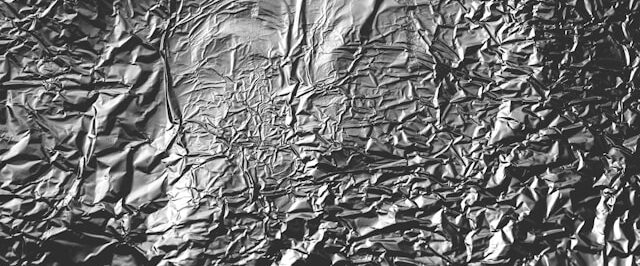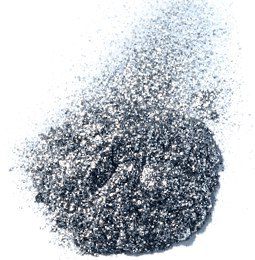
Aluminium and its removal from water
Aluminium is the second most used metal right after iron Aluminium is used more only since The Second World War when it experienced a big boom. Every year it is made cca 50 million of tons of it. Aluminium is silvery gray, el. conductive and very light.
 It is used a lot in electrotechnics and an aircraft industry in the form of various alloys. Aluminium is well soluble in acids and well weldable with the exception of dural.
It is used a lot in electrotechnics and an aircraft industry in the form of various alloys. Aluminium is well soluble in acids and well weldable with the exception of dural.
Pure aluminium is very reactive, so in the nature we usually find more of its compounds. According to scientists, roughly 8% of Earts crust consists of aluminium.
Health effects of aluminium
Aluminium has the ability to liquidate brain and nerve cells and according to WHO there is a connection between it and the Alzheimer illness.
In a usual environment of a classic drinkable water of pH = 7 an aluminium surface is excellently stable and as for health harmless. The risk can happen if the acidity of the water is higher (e.g. when cooking with a vinegar) which also sometimes happens due to acid rains.
In such cases aluminium can dissolve into water and cause harm to our health.
Removal of aluminium from water
Aluminium can be quite effectively removed from water with the use ot a stronly acid catex and a method of a so called ion exchange.